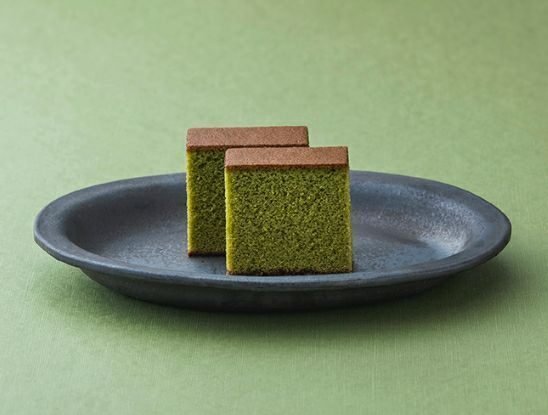
Dig Japan vol.14 “Castella (カステラ)”
Dig Japan is a series in which I research and introduce in English topics related to traditional Japanese culture that interest me. In this article, I will introduce castella.
Castella is said to have originated in Nagasaki Prefecture and is wagashi that developed uniquely in Japan based on the nanbangashi (European sweets) that were introduced from Portugal. Currently, castella is sold in a variety of flavors, including cheese, vanilla, chocolate, and matcha, and scraps of castella are often packed in bags or wrapped in plastic wrap and sold at a lower price than the original product.

The etymology of castella is generally believed to come from the Portuguese “Bolo de Castela,” which means a confectionery from the Kingdom of Castile in the Iberian Peninsula. In addition, a document published in 1704 also contains a description explaining the name “casteilla.”
There are two theories about the origin of castella itself: one is that it is derived from the Spanish baked confectionery “bizcocho” and the other is that it is derived from the Portuguese cake “pão de ló.” The etymology of bizcocho is said to come from “twice baked” and it was originally a type of hardtack. However, according to a Spanish dictionary published in 1611, there were also delicious bizcocho made from flour, eggs and sugar at that time.
The history of castella in Japan dates back to 16th century when the Portuguese reached Nagasaki Prefecture and started trade and missionary work. According to Kawakita Onzan's “Harajo kiji” written in 1846, castella was one of the sweets made by missionaries in Hizen Karatsu in 1557.
“Harajo kiji” was written by quoting “Yaso tenchuki” written in the middle of the Edo period. There are other documents that mention castella, for instance, Oze Hoan's “Taikoki" written in 1626, which describes how missionaries served nanbangashi including castella during their missionary work.

There are no clear historical documents as to who first baked castella in Japan, but there are several candidates, including the missionary Luis de Almeida, who opened a hospital in Bungo and provided sick people with milk and beef for nutrition, and Murayama Toan, who provided nanban cuisine and sweets to Hideyoshi in 1592. The cookbook “Nanban ryorisho” thought to have been written around 1600, contains a recipe for castella under the name “kastehouji.”
During the Edo period, records of castella remain in Nagoya in 1644 and Kyoto in 1681, and in the mid-Edo period, the Tokugawa Shogunate presented castella as wagashi at Edo Castle to entertain imperial envoys. Charcoal ovens for baking castella were also improved, and by the mid-Edo period, something close to the prototype of modern-day Nagasaki castella was being made.
The use of starch syrup, a characteristic of Nagasaki castella, began in western Japan after the Meiji period, and is said to have led to the moist texture we have today. It seems that the original light texture of pound cake was not popular in western Japan.

In the Edo period, many confectionery and cookbooks included castella recipes, and it was often served at tea ceremonies. Meanwhile, because castella uses highly nutritious ingredients such as eggs, flour, and sugar, it was also used as a nutritional supplement for those with wasting diseases such as tuberculosis from the Edo period until before the war.
In more recent times, the use of starch syrup has become widespread, giving it a flavor more reminiscent of Japanese sweets, and the spread of gas ovens and electric kettles has made it easier and more stable to bake castella. Thanks to these improvements, it spread throughout the country, and it is believed that after World War II, mass production led to castella becoming widely popular among the general public.
In 1939, official price system for food and daily necessities began and the price of castella was also fixed across the country, however, since it only specified the price per weight and did not consider taste or quality, the quality of castella declined. For this reason, standards were established for castella from September 15, 1941: using at least the same amount of eggs and sugar, 55% flour, 20% starch syrup which can be honey or glucose, no leavening agents, and a thickness of at least 1 sun 6 bu, 5 mm.
This article was written by 𝐡𝐢𝐫𝐨𝐤𝐨, working as a freelance translator and PR for overseas apparel brands in Japan, with the aim of broadening her own knowledge of traditional Japanese culture and spreading it to the world.
いいなと思ったら応援しよう!

